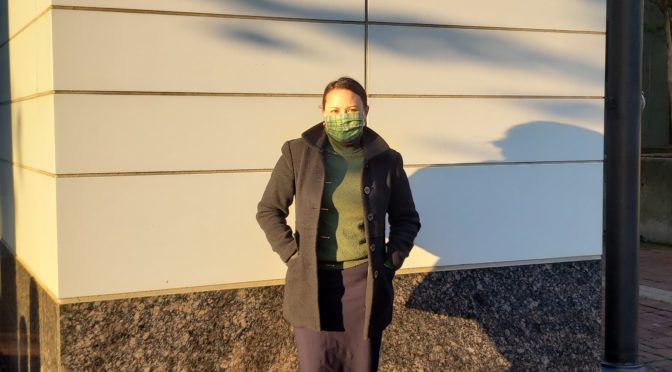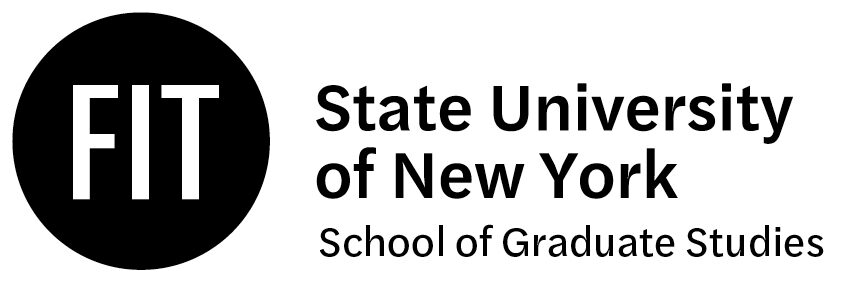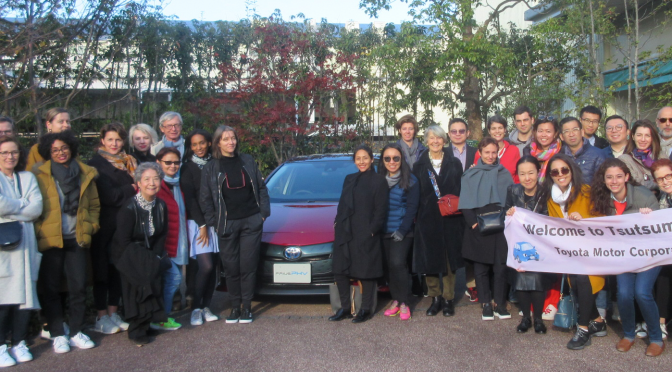CC Salonga, GFM class of 2020, joined the program from a career as a U.S. Navy officer where she specialized in logistics and inventory management for the Defense Department. She entered GFM with an interest in retail operations and will continue her studies in the fall at Iowa State University’s doctoral program in the department […]



